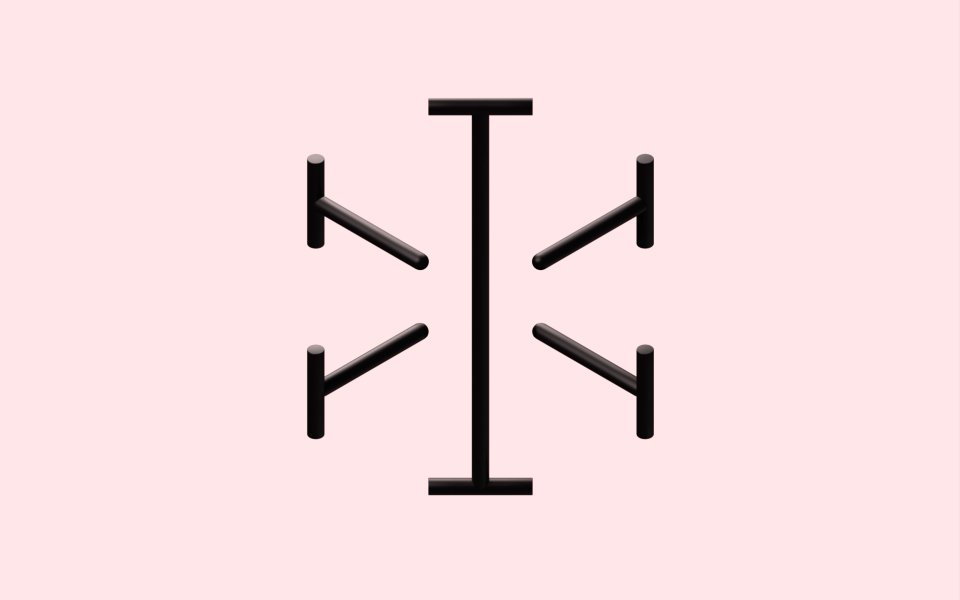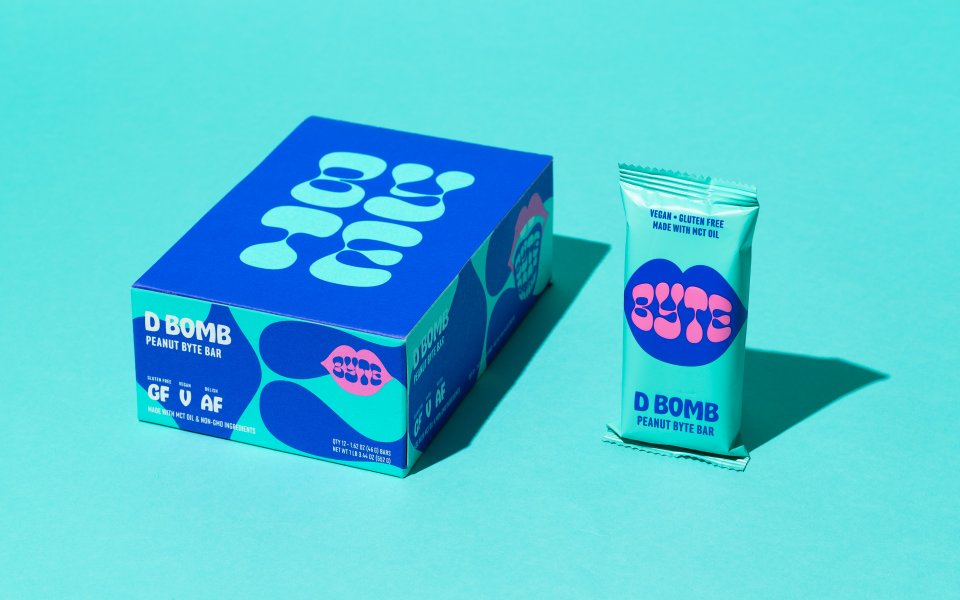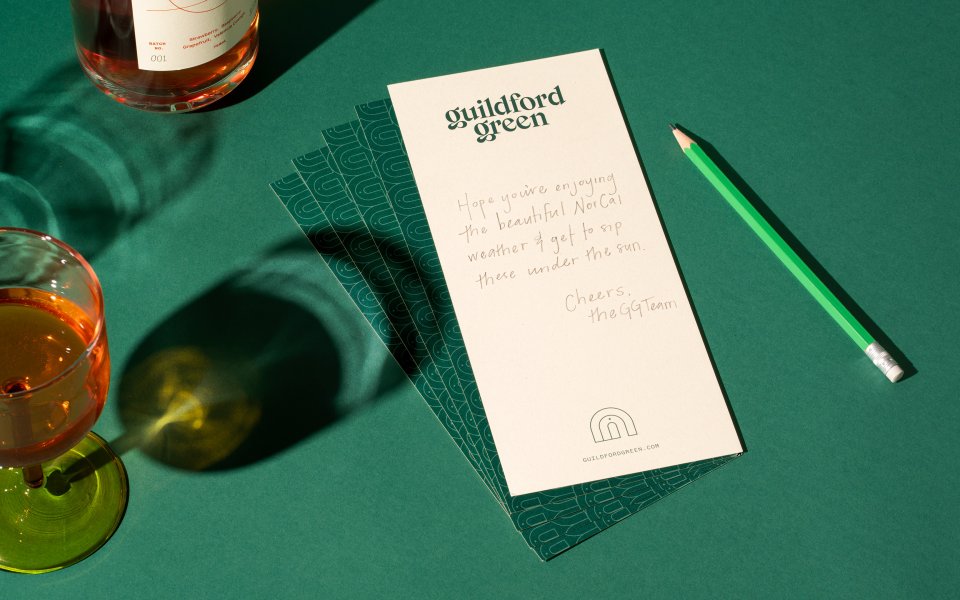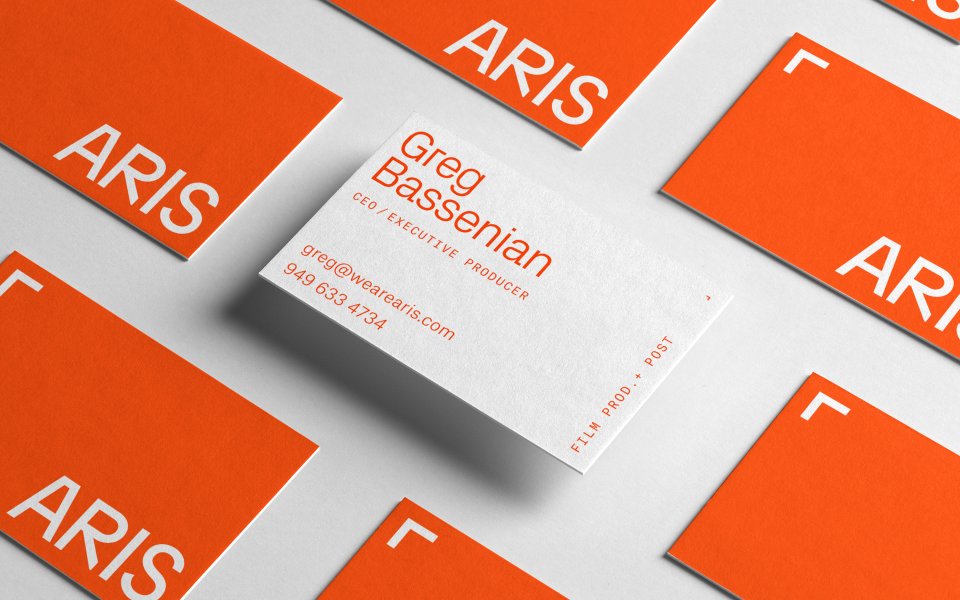Career Advice
The first thing any designer should read before going out into the real world is Adrian Shaughnessy’s “How to Be a Graphic Designer without Losing Your Soul”. Most of it applies to all designers, but a good chunk of it goes into the world of freelancing and running a studio. If nothing else, it should give you a pretty good idea of what you want to pursue.
We’re constantly shaping our creative process, but we’d highly recommend both “Designing Brand Identity” by Alina Wheeler and “The Design Method” by Eric Karjaluoto. The latter is fairly dense but an invaluable tool (we wish we would’ve found it years before we did). The former takes a bit more of a marketing-ey approach than we do, but it’s good to have multiple perspectives on an approach. Don’t be afraid to take only the things that work for you and make the process your own; we’re constantly experimenting ourselves.
When it comes to the business sides of things, the best we’ve found is Emily Cohen’s “Brutally Honest: No Bullshit Strategies To Evolve Your Creative Business”.
Aside from book resources, we can’t understate how important is was to learn directly from professionals that were willing to mentor us.
First of all, you’ve gotta have drive—you need to absolutely love design. Aside from that, the most important trait is to be able to embrace constructive criticism without disregarding your point of view. You need to have a keen ability to see things from the point of view of your colleagues, your client, and most importantly your client’s audience all at the same time. It doesn’t hurt to have a good amount of passion, pride, and a love for solving challenging problems.
When it comes to skills, we think that skills can be developed if you have the traits mentioned above. But if we have to list a few, you should probably be good with design software (especially Illustrator and InDesign), you should be able to quickly brainstorm tons of words/concepts at the drop of a hat (they don’t have to be good), and you should be able to understand and describe what is being communicated when you see a graphic design (in more detail than stating “It looks modern”).
Different strategies work for different people. For the most part, good work begets more good work, but it usually requires a bit more legwork than that. We started by doing cheap (but never free) work for people we knew. Then we built an awesome portfolio site and our web presence did most of the work for us. Other places have told us that winning competitions is most important, and we’ve heard people have success by getting published in design magazines. The one common thread we hear is that networking is always important, and getting to know your community is a lot more rewarding than putting ads up on craigslist.
We both attained degrees with a concentration in Graphic Design. We felt it was a good balance as we got to learn a lot about the creative process through other mediums (such as drawing and painting), but we were still immersed in quite a bit of graphic design. In any case, we believe that the extra time you put into furthering your skills outside of class is where you have a chance to truly separate yourself from your peers. Don’t expect following the minimum requirements to put you anywhere but the middle of the pack. We spent almost all of our free time reading un-required books, following hundreds of design blogs, and making posters and websites for fun.
We might tell ourselves to spend more time executing a solid concept instead of going crazy searching for the “perfect” concept. In retrospect, our strength lies in the stage where we take a concept and turn it into a design. The more time we spend on execution, the better the results. We’d probably also tell “young us” to start tracking time.
When we first started our studio, we created a long list of goals. We believe that putting quality work out into the world brings in more opportunities to create quality work. With that in mind, we approach each thing we do as another step towards our long-term goals. Many of our goals are related to practicing and promoting sustainable practices. Having goals that are focused on the greater good gives us a sense of purpose that goes beyond a more temporary, ego-driven sense of accomplishment.
The toughest challenge is finding a design solution that you, your coworkers, and your client can all agree is right for the audience. If this can be done through collaboration instead of compromise, it can also be the more rewarding experience. Once you get past that wall, trust is gained all around and the rest tends to fall into place.
Over time we’ve come to realize that the relationship with the client is what determines how fun a project can be. Our most fun projects have been the ones where the meetings tend to drift on because we can’t stop going off on tangents and laughing. This is why we try to incorporate a little bit of wit into everything we do as we hope it’ll keep the right clients coming our way.
Usually more than a fast food cashier, but less than a Fortune 500 CEO. It really is a broad spectrum, but you are in control of your own destiny. If you want to be in the top 10% you need to work harder than 90% of the people in the industry.
For most projects we charge a flat fee (also known as a project-based fee). Unfortunately, there’s no magic pricing guide out there; the project fee is simply based on how long we estimate it will take us multiplied by our desired hourly rate. Your time estimates may be way off when you’re just starting, but as you track your time you can improve the accuracy of your estimates with each project. Your rate should factor in your overhead, your relative experience level, and about 30% extra for the government’s share. If you are more experienced and can create better work more efficiently than others you should adjust your rate to reflect this. You should be able to tell if you’re over/undervaluing yourself based on how your workload shakes out. If you’re struggling to fill your schedule, you are either overpricing yourself or failing to communicate your value properly. If you’re consistently getting more work than you can handle, you are likely underpricing your services.
Usually, the only time we work hourly is for jobs that don’t have a final deliverable (e.g. consultation). We’ll work out a retainer agreement if a client needs consistent hourly work over a long period of time.
Be prepared to go back and forth on negotiating the details of big projects, but don’t put yourself in a position where you limit your ability to provide quality work to the client. It’s much better for both parties to trim the scope to fit the budget rather than cut corners on the execution. Often, components that didn’t make the cut in an early project can be revisited once the client has seen a return on their initial investment.



















